Inherited Individual Retirement Accounts (IRAs) are created when the funds in an IRA or employer-sponsored retirement plans are inherited after the original owner dies. The beneficiary may not make any additional contributions to the account and must comply with a series of rules regarding the inherited account or face an expensive tax situation. A recent article from U.S. News & World Report, “What Is the Inherited IRA 10-Year Rule?” explains the basics beneficiaries need to consider when thinking about estate planning in Miramar, Florida.

What is the Inherited 10-Year Rule? The rule applies to those who inherit an IRA on or after January 1, 2020. In most situations, all funds must be withdrawn within ten years of the previous owner’s death, but there are exceptions depending on your age and relationship with the deceased. Spouses who inherit an IRA have options, as do beneficiaries who meet certain criteria.
The inherited IRA 10-year rule was part of the SECURE Act. Before then, a non-spouse beneficiary could take required minimum distributions (RMDs) based on the heir’s life expectancy. Following the SECURE Act, funds from an inherited IRA must be withdrawn over ten years. This eliminated the ability of the beneficiary to keep the retirement account funded for the rest of their life and gain the advantages of the long-term tax-free growth of the IRA.
Does the 10-year rule apply to you? The exceptions to the 10-year rule are:
- The IRA owner’s surviving spouse
- The IRA owner’s minor child
- An individual who is not more than 10 years younger than the IRA owner
- A disabled or chronically ill person, as determined by IRS rules.
If a minor child inherits the IRA, the 10-year clock starts ticking once they reach the legal age of adulthood.
Heirs may take the entire amount from the IRA, but it will be taxable as regular income.
For spouses, there are decisions to make. The surviving spouse may open and transfer the assets into an inherited IRA and then withdraw funds during the 10-year timeframe. If the decedent was taking RMDs from a traditional IRA at the time of their passing, the spouse would need to take the RMD during the year of death if it wasn’t already taken. Otherwise, the spouse can wait until they reach the required age to take RMDs from the account.
If funds are taken from your own IRA before 59 ½, there is a 10% penalty plus taxes on the withdrawals. However, a surviving spouse under age 59 ½ could open an inherited IRA and start taking distributions.
There are strategies to optimize the 10-year rule. One strategy is for the owner to name a Charitable Remainder Trust as a beneficiary for your IRA. A CRT is an irrevocable trust that generates an income stream for the beneficiary with the remainder of the assets after the trust term. The trust term can be longer than the 10-year inherited IRA limit, allowing the beneficiary to stretch tax benefits longer. The goal of estate planning in Miramar, Florida is to maximize gains and minimize penalties such as may occur if a beneficiary needs to navigate the 10-year rule.
An estate planning attorney can help you navigate the complex rules about inherited IRAs and determine how to use traditional and Roth IRAs to manage your tax liability. Estate planning in Miramar, Florida is made easier with the help of an experienced estate planning attorney like Carol Grant, P.A. You can book a call to discuss your options for the future of your estate and how to best protect your family and your assets!
Reference: U.S. News & World Report (Dec. 18, 2023) “What Is the Inherited IRA 10-Year Rule?”







